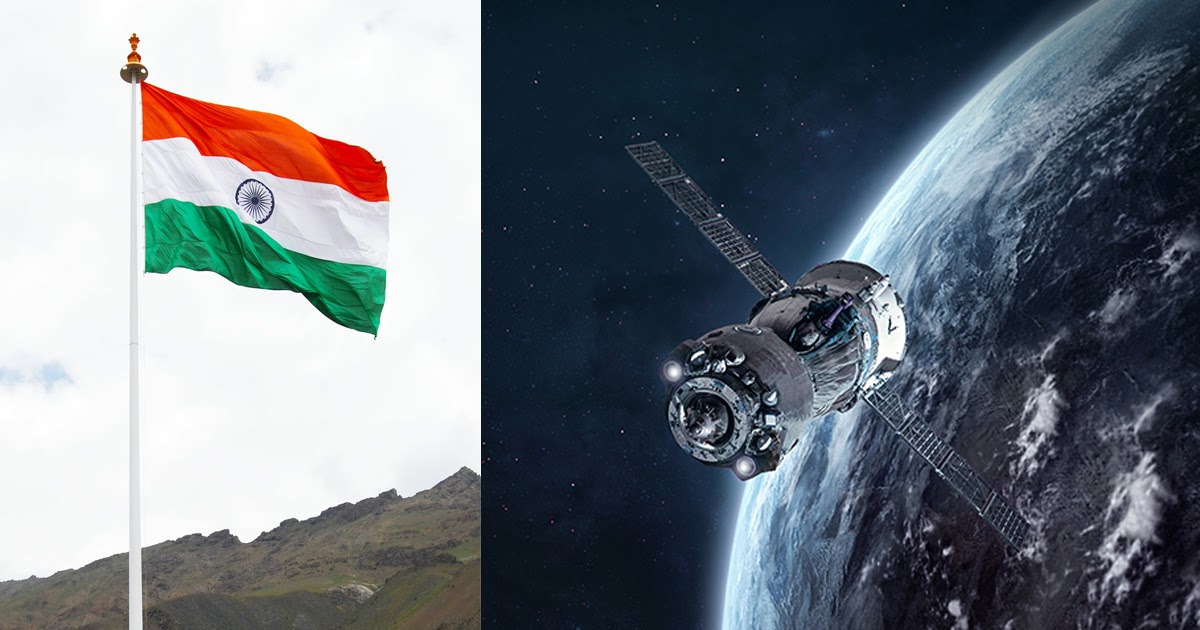India now the new leader of geospatial sector

The Second United Nations World Geospatial Information Congress or the UNWGIC 2022 was held in Hyderabad from October 11-14. It was convened by the United Nations Department of Economic and Social Affairs and hosted by the Ministry of Science and Technology of the government of India.
The conference was attended by over 2,000 delegates and more than 500 international delegates and participants from about 120 countries.
The theme of UNWGIC 2022 was ‘Geo-Enabling the Global Village: No one should be left behind’, focusing on building a community for human data and geography against the three pillars of sustainable development for a shared future and a better world, leaving no one behind within an inclusive and equitable global society.
The move aimed at providing high-quality and trustworthy geospatial data to support global and national policy agendas. The UNWGIC also stressed international cooperation and coordination in the development of human data linked to geography.
Geospatial Information embraces digital transformation and technological advancement. Geospatial technology can be used to create intelligent maps and models which help to collect geographically referenced data.
Decisions based on the value and importance of resources, most of which are limited, can become easy through geospatial technology. Intelligent maps and models can be created using geospatial technology.
It can be used to reveal spatial patterns hidden in large amounts of data that are complex to access collectively through mapping.
Speaking at the inaugural session of the UNWGIC, Prime Minister Narendra Modi said that technology is a tool for inclusion and not exclusion in India. He said, “Geospatial technology has been driving inclusion and progress”.
The Prime Minister cited the SWAMITVA (Survey of the Villages and Mapping with Improvised Technology in Village Areas) Scheme as clear evidence of this trend.
Under this programme, India is using drones to map properties in villages. The Prime Minister added that geospatial technology had become one of the key enablers in socio-economic development by enhancing productivity, ensuring sustainable infrastructure planning, effective administration, and aiding the farm sector.
The Prime Minister asserted that the continuous efforts in India to make infrastructure form the backbone of geospatial technology which is serving the goal of inclusion and progress even in the rural and far-flung areas.
He also mentioned that India is extending access to such infrastructure for the benefit of South Asian neighbours as well. He referred to South Asia Satellite which is facilitating connection and communication in India’s neighbourhood.
The Prime Minister also listed other areas of progress in this sector in India. He pointed out that in India data collected over 200 years have been made open and accessible to all.
Further, the country has also given a major boost to its drone sector and opened its space sector to private entities. Besides 5G technology is also taking off in India.
The Prime Minister emphasized the need for an institutional approach so that countries of the world could help each other during a time of a crisis like Covid-19. He said that global organizations such as United Nations can lead the way in this regard.
The Prime Minister called the youth and all bright minds to take part in the progress of the geospatial sector as the government has started promoting research and development and innovation in all the emerging technologies.
India’s geospatial economy is growing larger and larger. It is expected to cross Rs 63,000 crore by 2025 and achieve a more than 10 per cent growth rate. No wonder India is the brightest spot amid the gloom in the global economy with the forecast of a 6.1 per cent growth as compared to China’s 4.4 per cent, European economies near 0.5 per cent and the US around 1 per cent next year. It is also fast emerging as one of the most important leaders of technological change, especially in the arena of digital technology and other frontier technologies.



